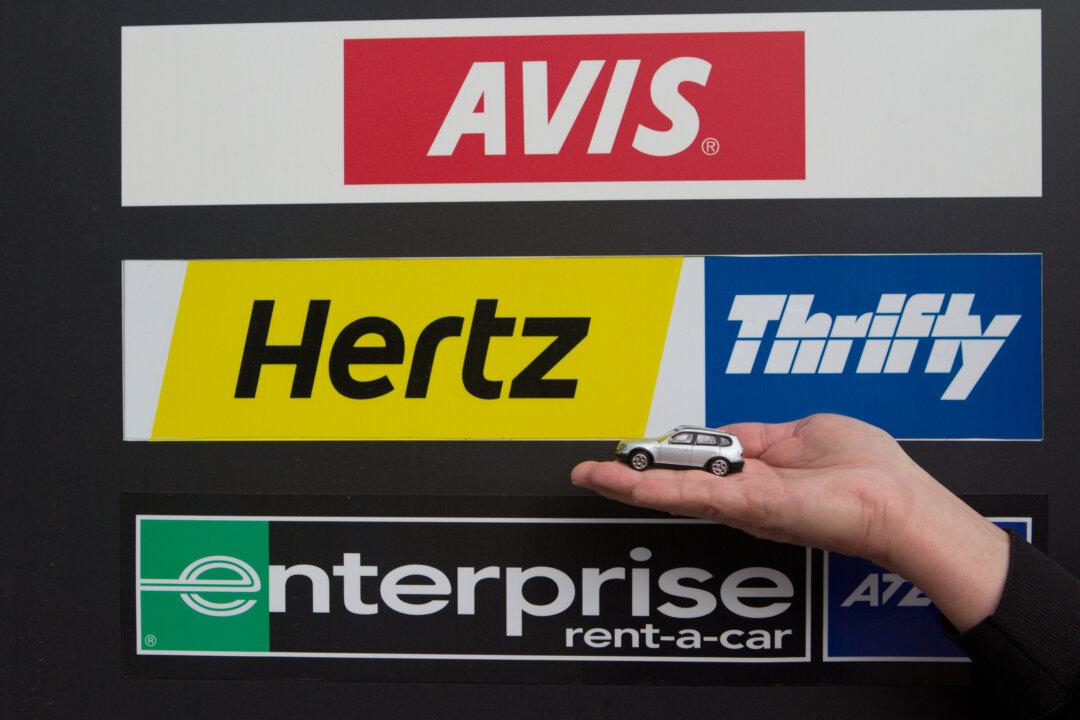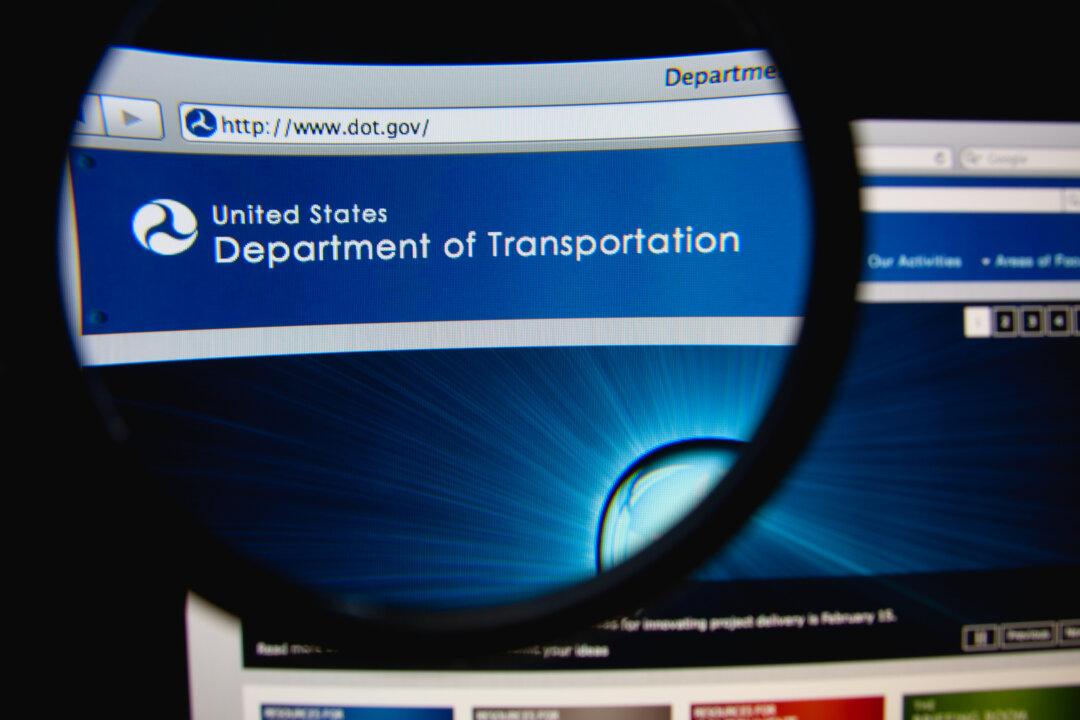Congress told the FAA to set minimum dimensions for airline passenger seating required for safety back in 2018. In response, the FAA punted: First, it ignored the issue; then it used a seriously flawed test to conclude that seat spacing did not affect safety. Dismayed consumer advocates are pursuing the issue further.
Why Safety Is an Issue
Some consumers may be surprised to learn that a substantial percentage of potentially fatal aircraft crashes are survivable. These are instances when a pilot is able to land a distressed aircraft on a runway or somewhere flat without deadly impact. Fatalities in those crashes occur not through physical battering; instead, fatalities are due to fire and smoke inhalation when passengers are unable to evacuate the plane quickly enough. The safety issue is that excessively tight seat spacing could make it impossible for passengers to get out as quickly as necessary.
To make sure passengers can get out of a burning plane quickly, governments have set certain rules:
• All passengers should be able to evacuate a plane on the ground in 90 seconds or less.
• Each transport airplane must have a minimum number of exit doors, determined by the total number of seats.





